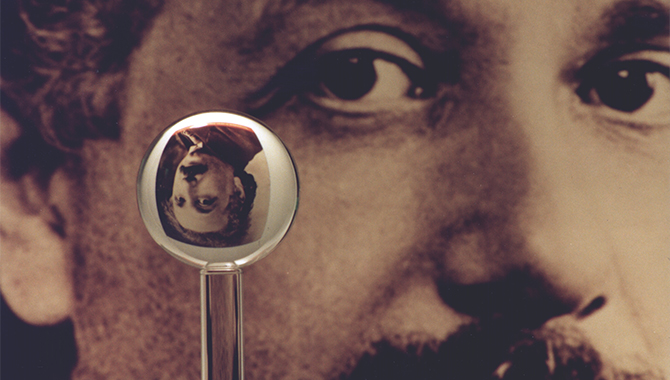
Forty years in the making and no stranger to the threat of cancellation, NASA’s mission to test predictions made by Albert Einstein serves as a testament to a team that was focused, yet flexible.

Forty years in the making and no stranger to the threat of cancellation, NASA’s mission to test predictions made by Albert Einstein serves as a testament to a team that was focused, yet flexible.
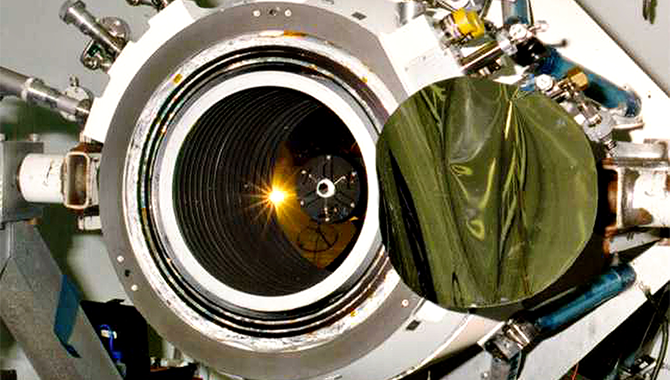
Fifteen years ago this month, the Wide-field Infrared Explorer’s (WIRE) primary mission came to an abrupt end.
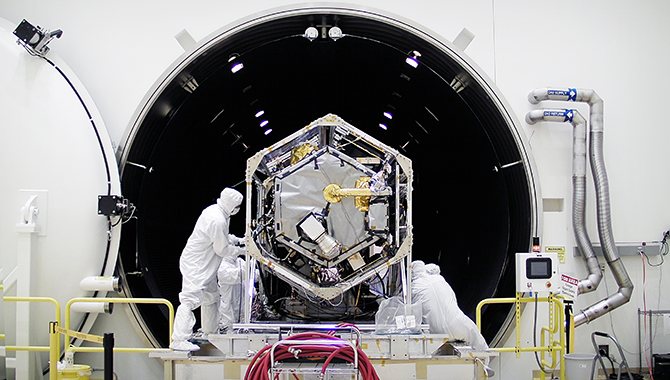
February marks the fifth anniversary of the first Orbiting Carbon Observatory (OCO) launch.
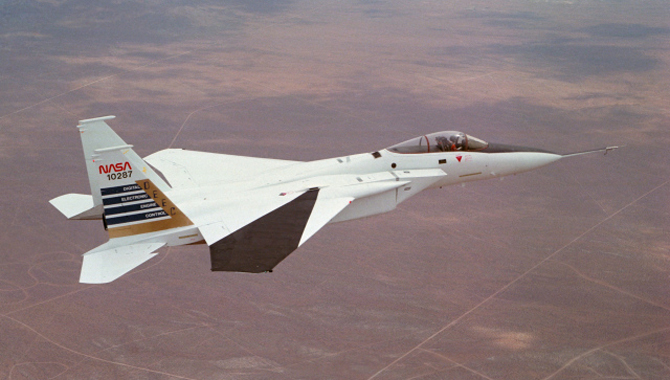
Ten years ago this month, NASA concluded the Digital Electronic Engine Control research program, which made significant contributions to aircraft engine performance.
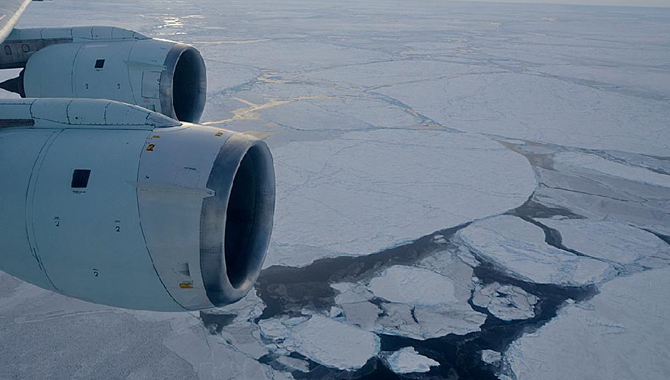
Vol. 6, Issue 1 Ten years after an unexpected anomaly, the lessons and knowledge of the ICESat mission live on in current and future missions.
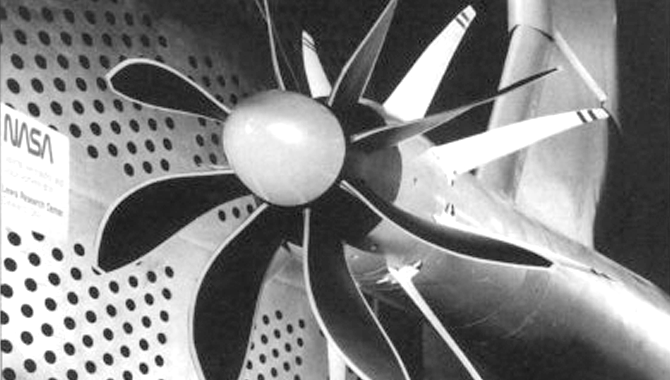
Vol. 5, Issue 12 Twenty-five years ago, an old technology project earned Lewis Research Center the Collier Trophy.
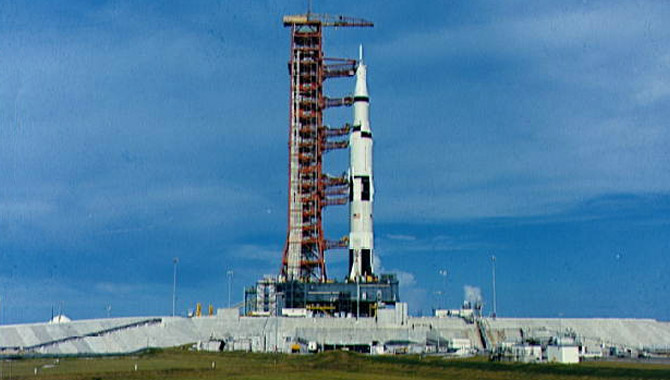
Vol. 5, Issue 11 Forty-five years ago, the unpiloted Apollo 4 spacecraft flew atop a Saturn V rocket to prove NASA could safely reach the moon.
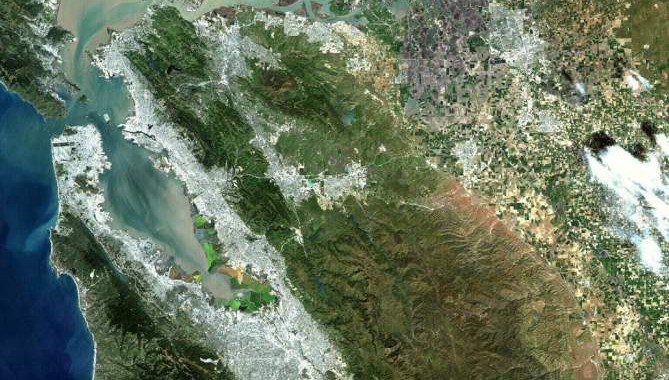
July 31, 2012 Vol. 5, Issue 7 NASA and the U.S. Geological Survey (USGS) celebrated 40 years of Landsat at the Newseum.
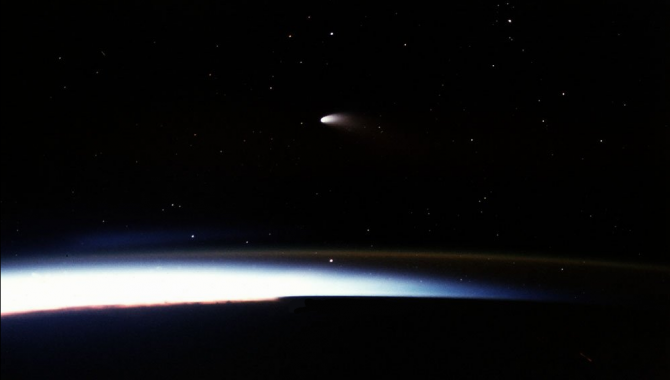
May 30, 2012 — Vol. 5, Issue 5 Fifteen years ago this month, a solar event triggered a rare sight.